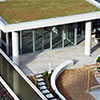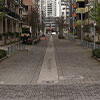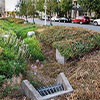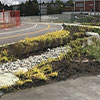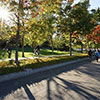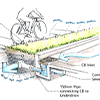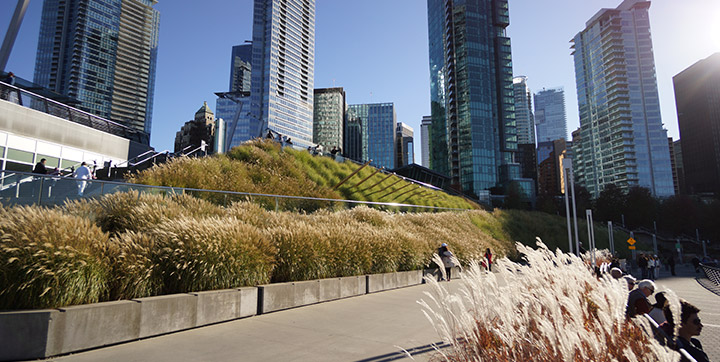

What you need to know
Green rainwater infrastructure brings nature into the city, to capture and clean our rain water before returning it to our atmosphere and our surrounding oceans and rivers.
It mimics natural water processes, and works with plants, soils, trees, and built structures to capture and clean rainwater before returning it to our waterways and atmosphere.
We have a target to capture and treat 90% of Vancouver’s average annual rainfall by using green rainwater infrastructure tools and design guidelines on public and private property.
In the natural environment, rain is absorbed and filtered by plants and soils. In cities, this natural water cycle is disrupted and rainwater flows across pavement and rooftops.
This water picks up pollutants which end up in our waterways causing negative impacts on water quality and wildlife.
Our vision: Vancouver’s rainwater is embraced as a valued resource for our communities and natural ecosystems
Green rainwater infrastructure features
Looking for a past project or program?
Search archived content from vancouver.ca on Archive-it.

